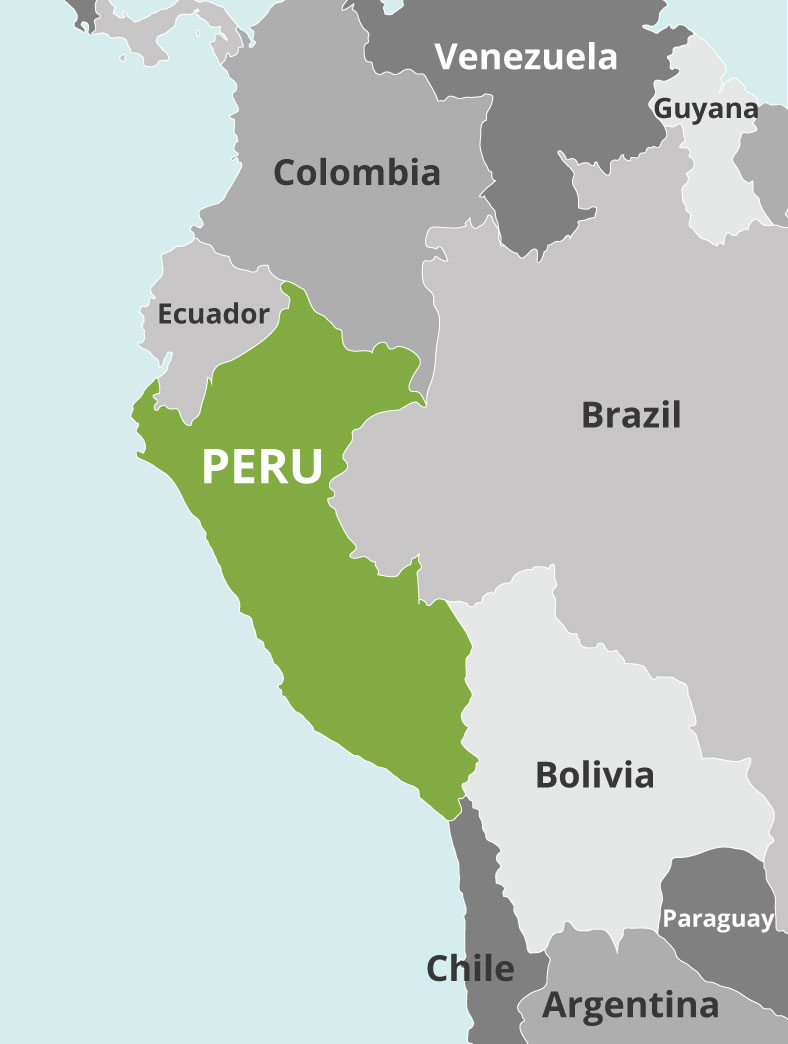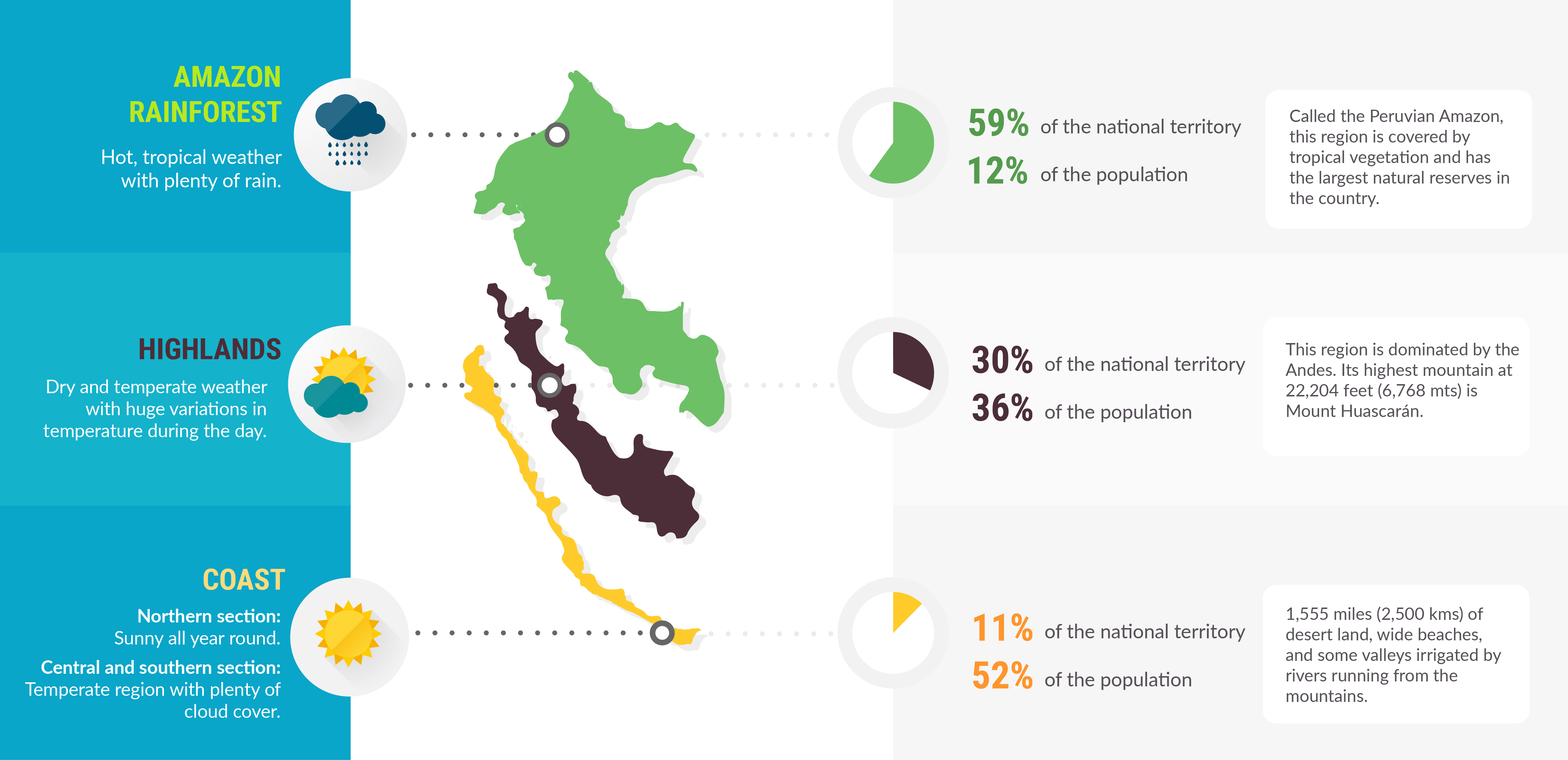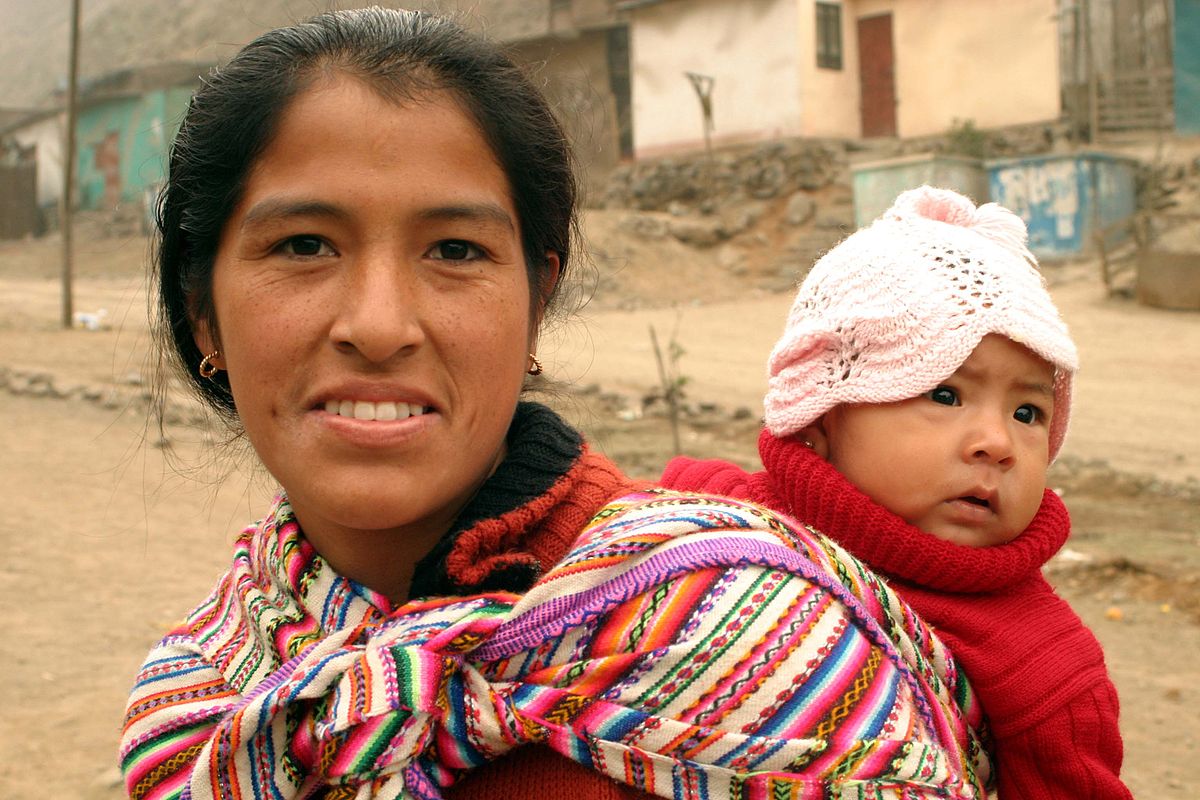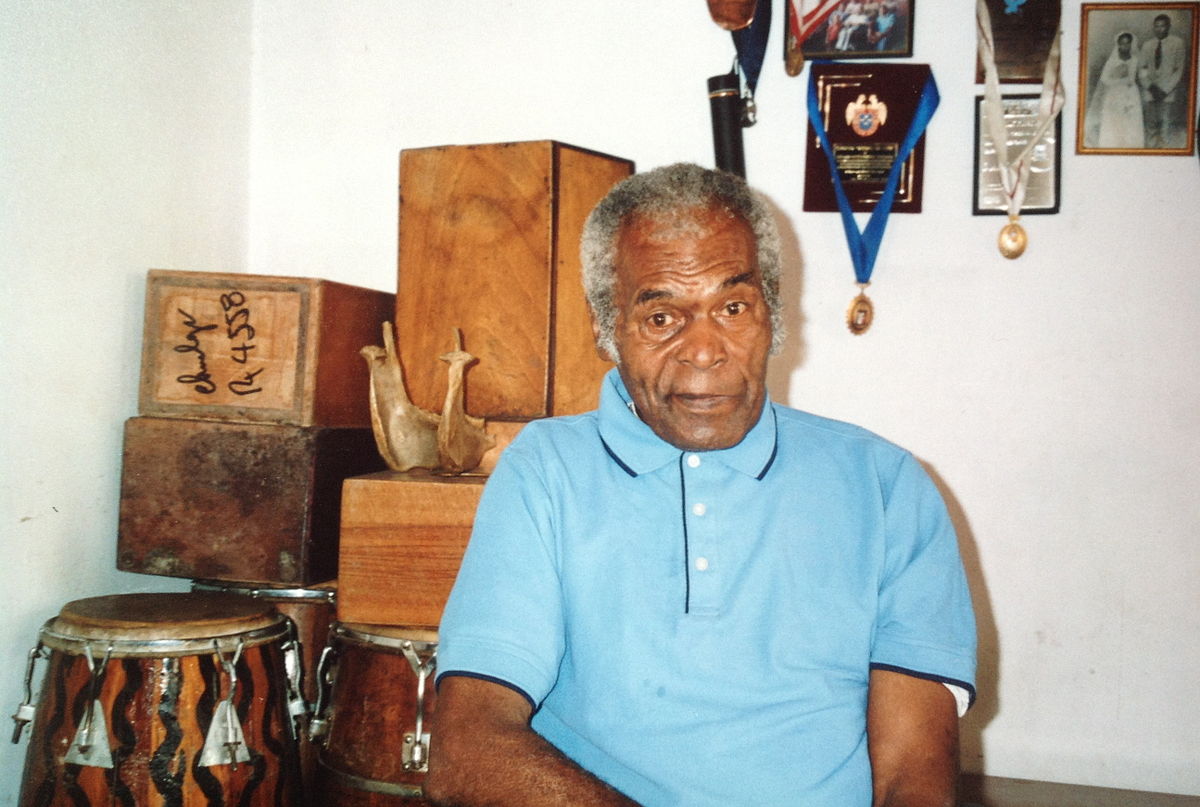
History and Culture of Indigenous Peruvian Music
The Andes mountains divide the country geographically into three traditional regions: The costa (coast), to the west-a narrow plain, largely arid except for valleys created by seasonal rivers, covers 11% of the territory and holds roughly 52% of the population; the sierra (highlands), the mountainous Andean region that separates the coast and the Amazon region to the east, has 30% of the territory and about 36% of the population; and the selva (jungle)-a wide area covered by the Amazon rain-forest that extends east-covers 59% of the country's area, holds 12% of the population, and, as mentioned above, is one of the most diverse ecosystems on Earth. The inland regions (highlands and Amazon rain-forest) are marked by extreme poverty and subsistence agriculture, while the fertile river valleys of the coast have produced a wealthier, more cosmopolitan culture. We will look at music selections that are representative of the music traditions of each of those areas.
Population
Home to approximately 32.6 million people (expected to reach approximately 46-51 million in 2050), Peru is a multi-ethnic country formed by the amalgamation of different cultures and ethnicities over thousands of years, and the fourth most populous country in the continent after Brazil, Colombia, and Argentina. As of 2017, 79.3% of those people lived in urban areas and 20.7% in rural areas. Major cities are Lima, the capital city and one of South America's largest urban areas with over 9.5 million people, Arequipa, Trujillo, Chiclayo, Piura, Iquitos, Huancayo, Cusco, and Pucallpa. Although most Peruvians speak Spanish (84.1%), a significant number speak Quechua (13%), Aymara (1.7%), or other native languages (1.2%) in pure or mixed form.
Peru's multi-ethnic population includes the indigenous peoples of Peru or Amerindians (25.7%), white Peruvians of European descent (5.9%), mestizos, a combination of Amerindian and European races (60.2%), AfroPeruvians (8%), as well as mulattos and zambos, which also constitute an important part of the population. Japanese and Chinese immigrants-about 3% of the Peruvians and the largest population of Asians in Latin America after Brazil-arrived in large numbers in the 1850s as laborers following the end of slavery, and have since become a major influence in Peruvian society.
Mestizaje
The unique mixture of geography, races, and cultural traditions in Peru has resulted in a wide diversity of expressions in art, cuisine, literature, and as we shall see, in music. Indeed, it can be said that to appreciate the depth of Peruvian music, we need to understand the long history of racial and cultural blending known as "mestizaje." Before we consider aspects of, it would be useful, however, to take a brief look at pre-Columbian musical expressions in Peru.





String instruments did not exist in the Peru region prior to the Spanish conquest









